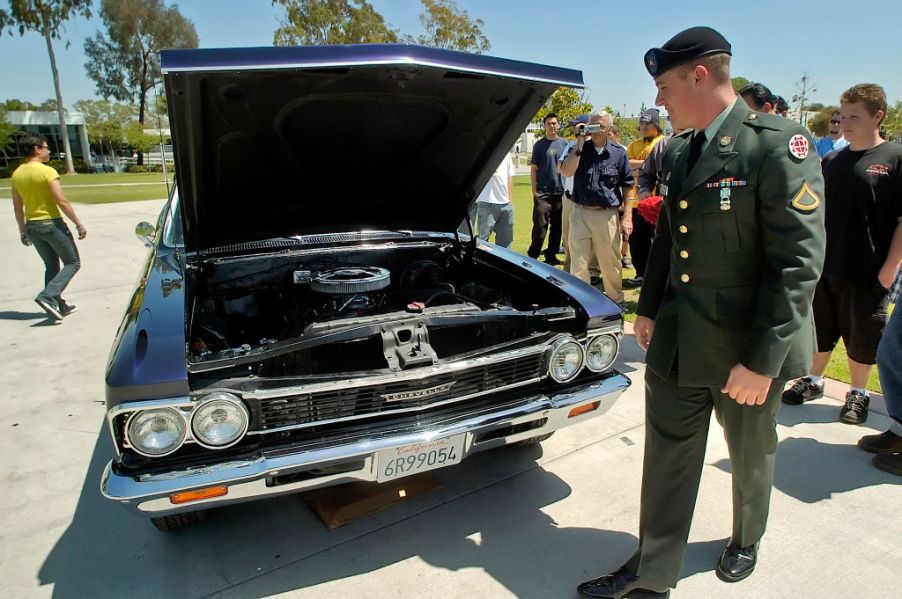
Why Doesn’t the U.S. Have Sedan Pickups Anymore?
Trends come and trends go, while others stay for the long-haul. For a few decades in American history, car buyers were in love with a design that was functional yet also fun. But whatever happened to the sedan pickup? And will America ever see a vehicle like the El Camino or Ranchero ever again?
America’s short-lived obsession with the sedan pickup: where did the love go?
From the ’50s through the beginning of the ’80s, America was in love with a certain style of vehicle. Neither truck nor car, the car/pickup hybrid was all the rage. Never really even having a real “name” of its own, this type of vehicle can be referred to as a car or sedan pickup, pickup car, and more. But what did define these unique vehicles was its design; a pickup truck based on a car foundation.
According to TireBuyer, Ford was the first to launch the pickup car trend with the debut of the Ranchero in 1957. A small pickup based on a two-door station wagon platform,” the Ranchero became a quick hit.
After all, during this time, Americans most generally had to choose between a full-size truck for hauling or car for economy. This new design offered Americans both utility and ease.
It wasn’t long before Chevrolet got on board with the idea and came out with the ever-iconic El Camino. The El Camino would become an icon of this pickup car lifestyle, being bought by Americans until 1987.
Though it was Ford and Chevy that took the top spots as most popular car-based truck makers, other brands like Dodge and Volkswagen also tried to squeeze the market. So how is it that a vehicle design so popular just drastically falls out of the industry?
Though cars like the El Camino and Ranchero were some of the most popular vehicles of the time (and still popular with collectors), it seems the pickup car was only destined to soak up the sun for a moment.
According to Hagerty, the death of the American car/pickup hybrid is due in part to SUVs and pickup trucks. “Both became more civilized and passenger-focused through the 1980s,” offering Americans better competition in the way of space, fuel economy, and amenities.
Combine this with the rising environmental regulations of the time, which were higher for car-based designs and lower for light trucks, it was far more profitable for carmakers to turn away from pickup car.
The rest of the world: no love lost
Though you may not see too many pickup cars on U.S. roads, that doesn’t mean the rest of the world has lost its love for the design. In fact, it was from another country’s own design that American car companies got their idea.
Australia began offering “coupe utility” vehicles back in the ’30s, designed by Ford. Taking advantage of its quick popularity, Ford used this design as a basis for the Ranchero.
Referred to as “utes” in Australia, these utility vehicles aren’t quite like the car-based trucks we in America experienced. Unlike pickup cars that body and truck bed, utes are designed with a cargo tray that is integrated with the car body.
And unlike the American pickup car, the love for utes in Australia has gone nowhere. According to WhichCar, utes are the most popular type of vehicle in Australia, with car brands like Toyota, Mitsubishi, and Holden selling thousands of utes per year.
Will Americans see the return of the sedan pickup?
Recent trends in the industry have been shifting back to smaller SUVs and pickups that offer cargo capacity and good interior amenities. More and more car brands are toying with designs that are more compact, but still able to perform.
According to Business Insider, brands like Volkswagen are debuting designs focused on taking advantage of “untapped market potential for compact pickups aimed at those who live in an urban environment.” While the prospect of the pickup car returning has potential, automakers must be able to deliver the capabilities, power, and efficiency expected from today’s buyers.


